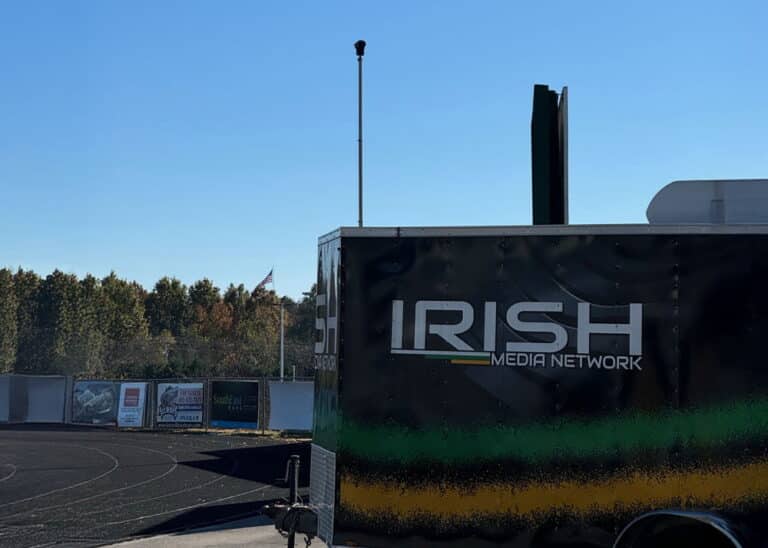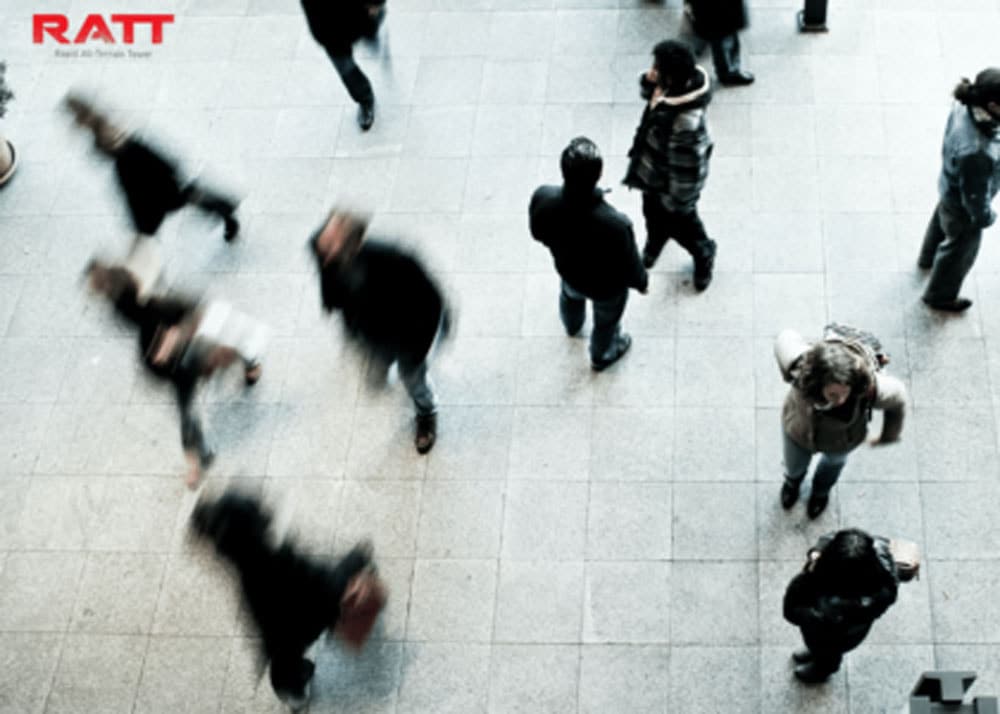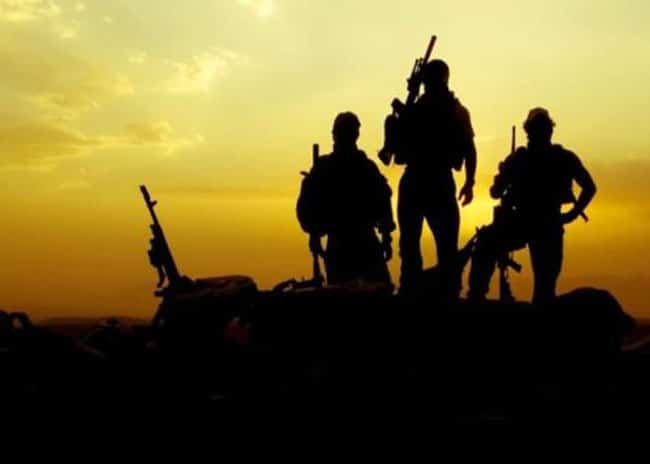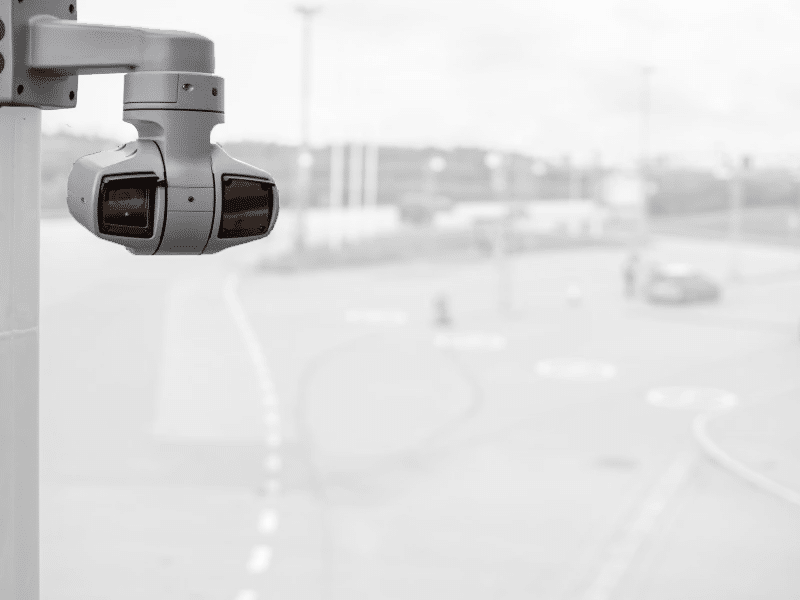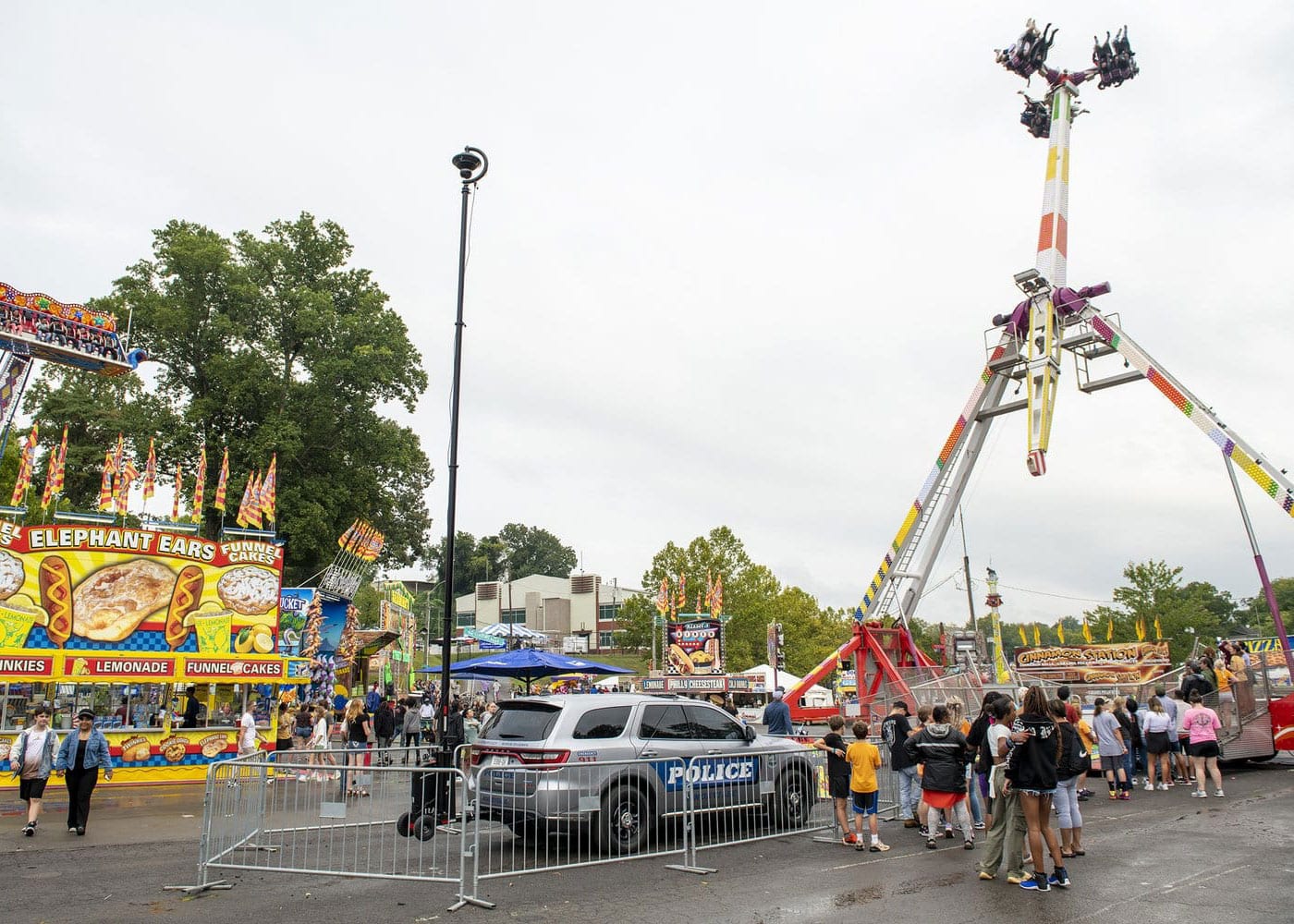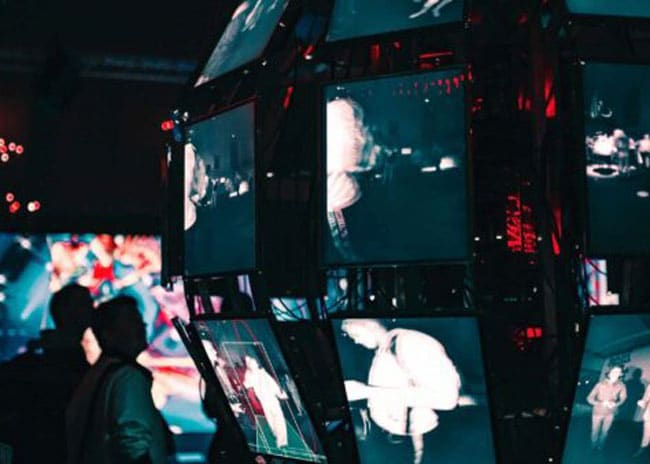Weighing the Pros and Cons of Video Surveillance in Schools: Weighing Security vs. Privacy
In today’s world, safety is a top priority for schools of all types. From elementary schools to universities, many institutions are turning to cameras in schools to help protect students, staff, and property. While video surveillance in schools offers many benefits, it also brings up important questions about privacy.
This article explores the growing use of security cameras in schools, highlighting both the advantages and concerns that come with increased surveillance.
The Growing Use of Surveillance in Schools
During the 2019–20 school year, 97 percent of public schools reported that they controlled access to school buildings during school hours, and 91 percent reported that they used security cameras to monitor the school.
Public K–12 Schools
Public elementary, middle, and high schools commonly install security cameras in:
- Entrances and exits: To monitor who enters and leaves the building.`
- Hallways and corridors: To oversee student movement and deter misconduct.
- Cafeterias and common areas: To ensure safety during large gatherings.
- Parking lots and perimeters: To monitor for unauthorized access and enhance overall campus security.
Private Schools
Private schools may have more flexibility in surveillance implementation due to differing regulations. They often focus on:
- Building perimeters and parking areas: To monitor external threats.
- Lobbies and entryways: To control access and ensure visitor management.
Universities and Colleges
Higher education institutions typically deploy surveillance in:
- Dormitories and residential halls: To ensure student safety in living areas.
- Libraries and academic buildings: To protect resources and maintain a secure learning environment.
- Campus grounds and parking facilities: To monitor for unauthorized activities and enhance overall security.
A survey by Campus Safety Magazine found that 67% of colleges and universities monitor their perimeters with cameras.
Benefits of Security Cameras in Schools
Using security cameras in schools offers several advantages for students, staff, and administrators. In fact, 38% of students said that surveillance cameras and monitoring systems would improve school safety more than any other form of technology, according to a national poll. While other safety tools were also mentioned, students ranked video surveillance as their top choice for boosting on-campus security.
Enhancing Student and Staff Safety
One of the most important reasons for installing video surveillance in schools is to protect people. Cameras can:
- Deter violence and bullying by creating a visible reminder that actions are recorded.
- Prevent unauthorized access by monitoring who enters and exits the building.
- Help law enforcement respond faster during emergencies by providing real-time footage.
A study by the RAND Corporation found that school safety experts consider video surveillance to be “very appropriate” for addressing both severe and frequent forms of school violence, such as bullying. Experts noted that surveillance could help reduce the incidence of bullying by deterring potential perpetrators and providing evidence for investigations.
To explore more, read about the top benefits of a video surveillance system.
Preventing Theft and Vandalism
Surveillance cameras in classrooms and hallways can also reduce theft and vandalism:
- Protect valuable resources like computers, lab equipment, and personal items.
- Reduce property damage, saving schools thousands in repair costs.
Schools that implement surveillance systems have been shown to experience fewer incidents of vandalism and property damage. According to the U.S. Department of Justice, video surveillance is one of several proven strategies used to reduce school vandalism.
Supporting Disciplinary Measures
When disputes arise, video footage can serve as impartial evidence. Cameras help:
- Resolve conflicts between students fairly.
- Support disciplinary actions with clear proof.
- Ensure accountability among both students and staff.
However, it’s important that footage is used responsibly to avoid over-reliance on surveillance for discipline.
Monitoring Unauthorized Access and Intrusions
School security cameras play a vital role in detecting and preventing unauthorized access:
- Identify trespassers quickly.
- Monitor perimeters and entrances effectively.
- Integrate with access control systems for improved security.
In emergencies, camera footage can provide valuable information to law enforcement, helping to secure the campus quickly.
Concerns and Drawbacks of School Security Cameras
Despite the benefits, installing video surveillance cameras in schools also brings challenges. It’s essential to consider the balance between security and personal rights.
Student and Staff Privacy Concerns
Constant surveillance can lead to discomfort:
- Students and teachers may feel watched, impacting natural behavior.
- Recording in sensitive areas like classrooms and restrooms raises ethical and legal concerns.
- Privacy rights, especially for minors, must be carefully protected.
Risk of Misuse and Surveillance Overreach
With any surveillance system, the potential for misuse exists:
- Unauthorized access to footage could lead to violations of privacy.
- Footage used unfairly or for unintended purposes could cause harm.
- Over-surveillance can create a hostile school climate.
Schools must have clear policies on who can access and use surveillance footage.
Best Practices for Schools Using Security Cameras
Schools can protect both security and privacy by following best practices.
- Place cameras strategically: Focus on entrances, hallways, and public areas, avoiding sensitive locations.
- Establish clear policies: Define who can access footage and how long it will be stored.
- Engage stakeholders: Involve parents, students, and staff when creating surveillance policies.
- Use signage: Clearly notify everyone when and where surveillance is taking place.
- Train staff properly: Ensure those managing the system understand privacy rights and data protection.
For more advice, read about when and where to deploy surveillance cameras and explore available IP cameras.
Focusing on Safety, Not Surveillance
Schools should prioritize using cameras to enhance safety, not to monitor behavior unnecessarily. Combining surveillance with other security measures creates a more balanced approach:
- Security personnel: Human presence supports technology.
- Access controls: Limit who can enter buildings.
- Cloud-based video management: Secure, flexible storage options reduce risks.
By emphasizing safety over constant observation, schools can create a secure but welcoming environment.
Final Thoughts
The debate around cameras in schools highlights important points about safety and privacy. While video surveillance in schools offers clear advantages like enhanced protection and easier incident management, it also raises valid concerns about personal freedom.
Educational institutions must weigh the pros and cons carefully, always aiming to create a secure space without sacrificing trust and comfort.
Interested in understanding more about how surveillance tools differ? Check out our guide comparing CCTV and IP cameras, or contact us for more information on how to up your campus security with IP cameras.

